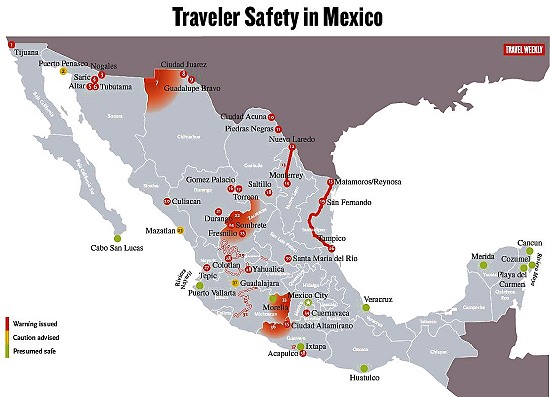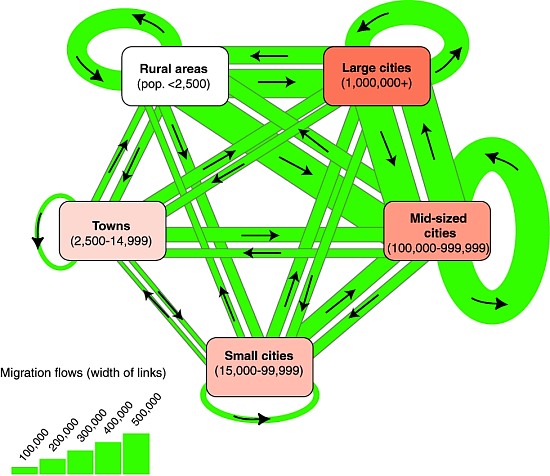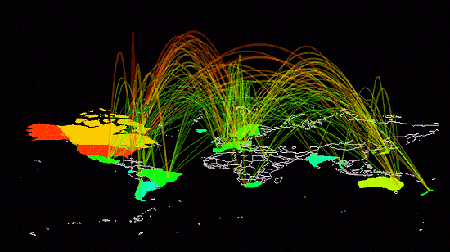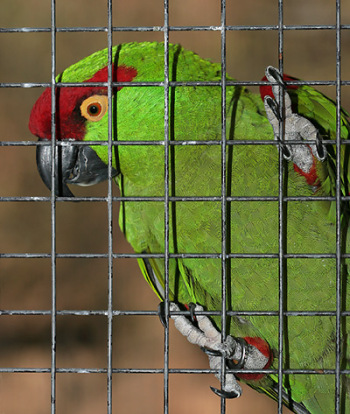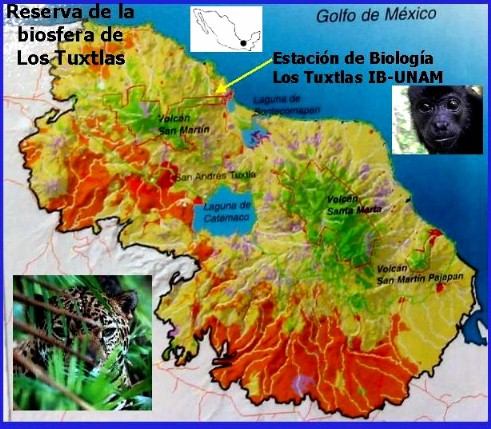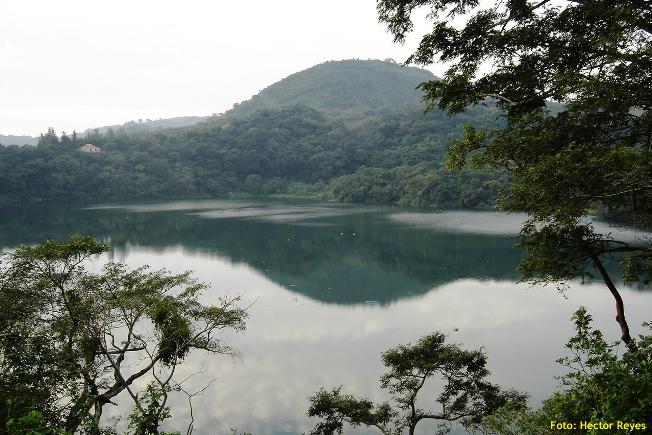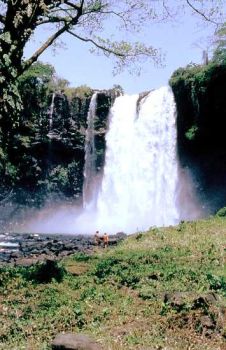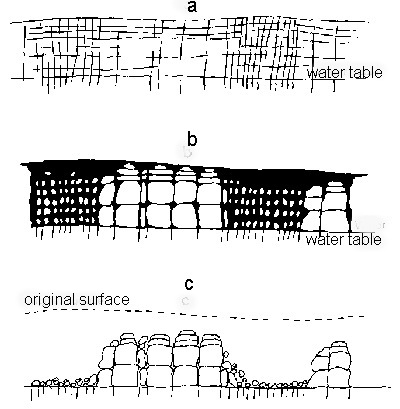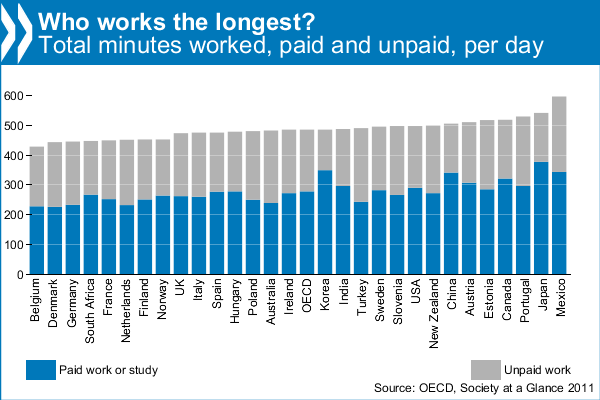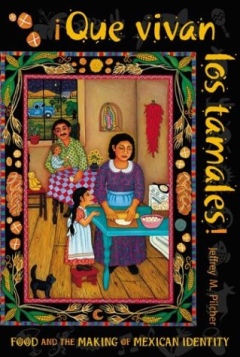The oral contraceptive pill, often referred to simply as “the Pill” will be officially sixty years old on October 15, 2011. In the words of The Economist: it “was arguably the first lifestyle drug to control a normal bodily function—fertility—rather than a dread disorder. It transformed the lives of millions and helped reshape the role of medicine in reproduction.” Its social impact was massive, helping to foment the sexual and feminist revolutions.
From a geographic perspective, the Pill coincided with ever-increasing concern about the rate of world population growth, and its impact on resources – the start of an era which led to such seminal works as The Population Bomb and The Limits of Growth.
Initially, the development of the Pill was met by medical, religious and social furor, much of which has since subsided. Even though its popularity has declined since the 1960s, because of concerns about possible side effects, it is estimated that it is still used, in one form or another, by more than 80 million women worldwide.
Curiously, the synthetic female sex hormone called norethindrone was first synthesized from, believe it or not… Mexican-grown yams!
Equally interestingly, the Pill was not developed in a huge laboratory belonging to a major pharmaceutical company but in a relatively humble laboratory in Mexico City, belonging to a small company called Syntex. Syntex specialized in making steroids from Mexican yams, using methods of synthesis invented by a maverick biochemist, Russell Marker. Marker had published various studies on diosgenin, a saponin isolated from a Mexican yam species of the genus Dioscorea, and had discovered how to synthesize the human hormone testosterone and progesterone from diosgenin. After having his proposals for the large-scale production of human steroids from diosgenin turned down by U.S. pharmaceutical companies, Marker moved to Mexico and began his own, home-based, small scale production. This was so successful that a new company, Syntex, was soon born, specifically to make steroids from Mexican yams. Syntex quickly became the world’s largest producer of progesterone, as well as making testosterone and the female hormone esterone.
Enter Carl Djerassi. Djerassi was an Austrian-born chemist who had completed his PhD at the University of Wisconsin (1945) by researching the synthesis and transformation of steroids, including sex hormones. After working four years as a research chemist with CIBA Pharmaceutical Co. in Summit, New Jersey, he decided on a strategic move, in 1949, to join Syntex, in Mexico City, as associate director of chemical research.
At Syntex, Djerassi set out to see if diosgenin could be made to yield other steroids, which do not actually exist in nature, but which retain the biological activities of progesterone and are also orally active. The original aim of his team was to develop a drug for infertility and menstrual disorders that could be swallowed, as opposed to injected. Only two years later, on October 15, 1951, the group led by the then 28-year-old Djerassi, had synthesized norethindrone, a “super-potent orally active progestational agent”, which turned out to be the key ingredient in The Pill. (Chemically, norethindrone is 17a-ethinyl-19-nortestosterone; its generic name in Europe is norethisterone).
Later, the drug’s ability to suppress ovulation was demonstrated by Gregory Pingus at the Worcester Foundation in Massachusetts and clinical trials began. The rest, as they say, is history!
Djerassi is Emeritus Professor of Chemistry at Stanford University with an extremely distinguished scientific record, holding no fewer than 19 honorary doctorates in addition to numerous other honors. He is also one of only a handful of American scientists to have been awarded both the National Medal of Science (1973, for the first synthesis of a steroid contraceptive, The Pill) and the National Medal of Technology (1991, for promoting new approaches to insect control).
In medicinal chemistry he will be forever associated with the initial developments in the fields of oral contraceptives (Norethindrone), antihistamines (Pyribenzamine) and topical corticosteroids (Synalar).
They say that the well-rounded man combines scientific inquiry with artistic appreciation, and Djerassi is certainly no exception, having turned, in later life, to science fiction writing, examining the human side of scientists and the personal conflicts they face in their quest for knowledge, personal recognition, and financial rewards. One of his plays, “An Immaculate Misconception,” premiered in 1998 at the Edinburgh Fringe Festival and has since been performed in London, San Francisco, Sweden, Vienna and Cologne. It was also broadcast on BBC World Service Radio in May 2000.
Sources:
The idea for this post originated from a review in The Economist (October 13, 2001) of two books: Sexual Chemistry: A History of the Contraceptive Pill (Lara Marks, Yale) and This Man’s Pill. Reflections on the 50th Birthday of the Pill. (Carl Djerassi, Oxford University Press).
Several chapters of Geo-Mexico: the geography and dynamics of modern Mexico discuss Mexico’s population dynamics and trends, and their implications for future development. An earlier post here links to a pdf file showing Mexico’s population pyramid in 1990, and the predicted pyramid for 2050.


